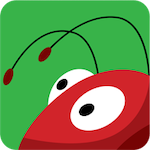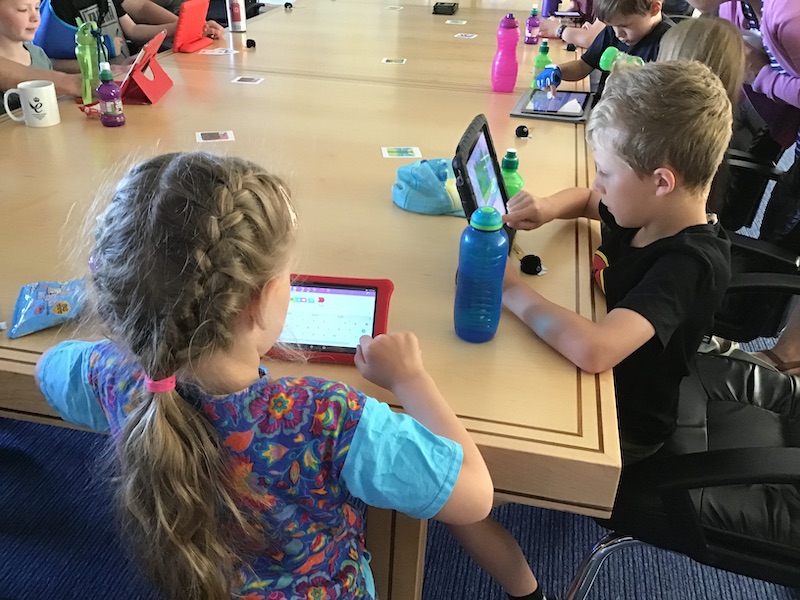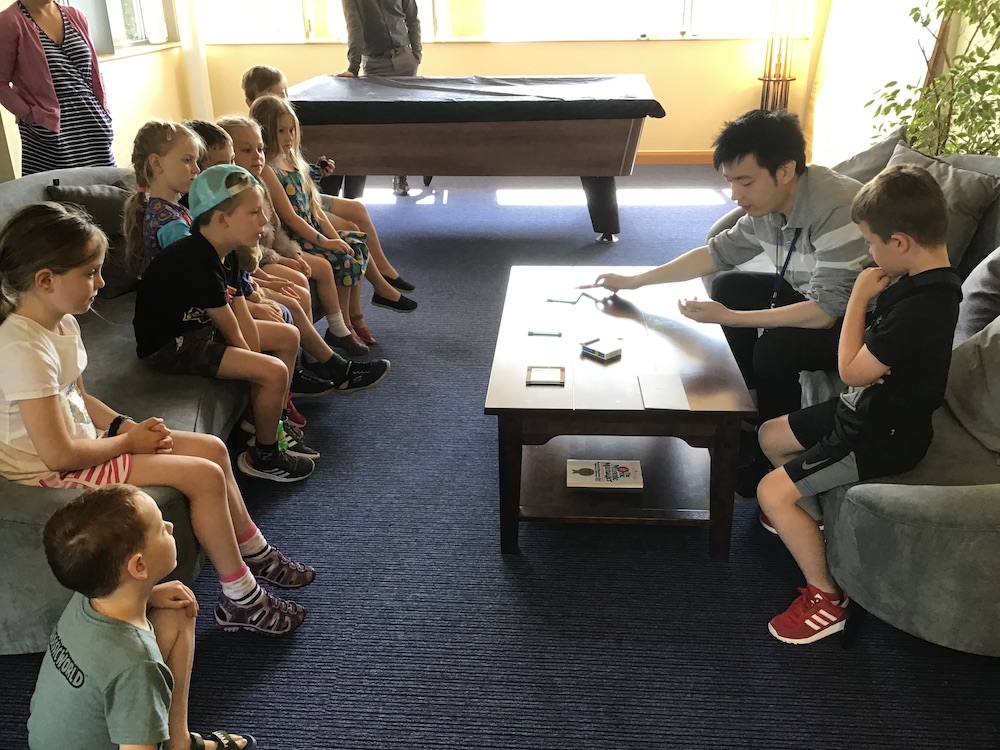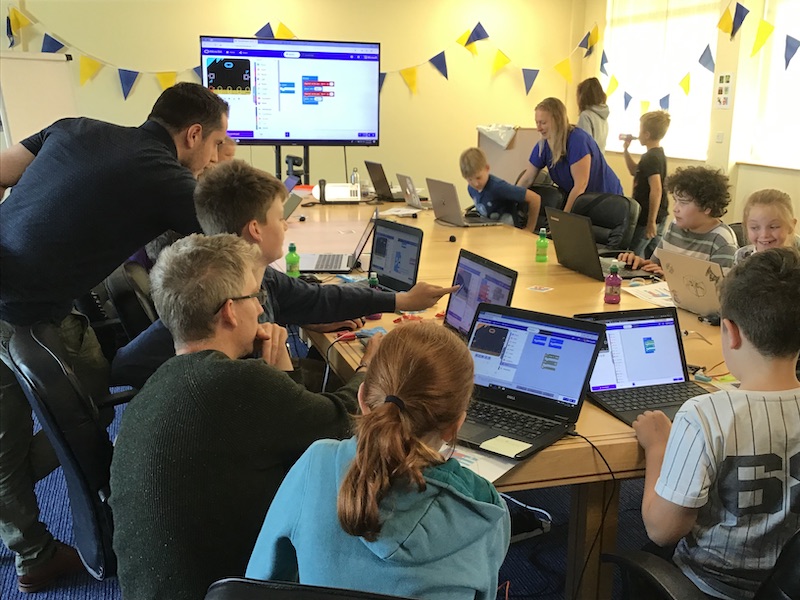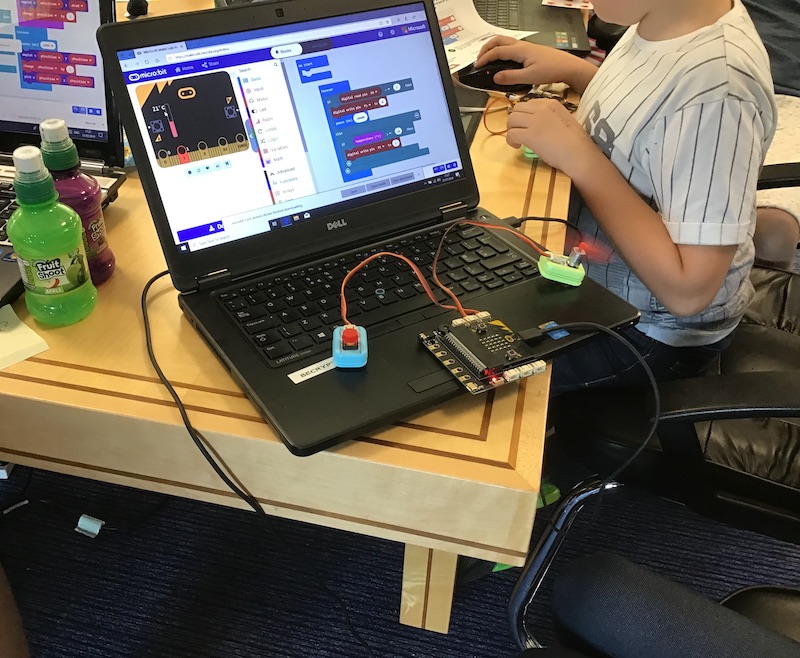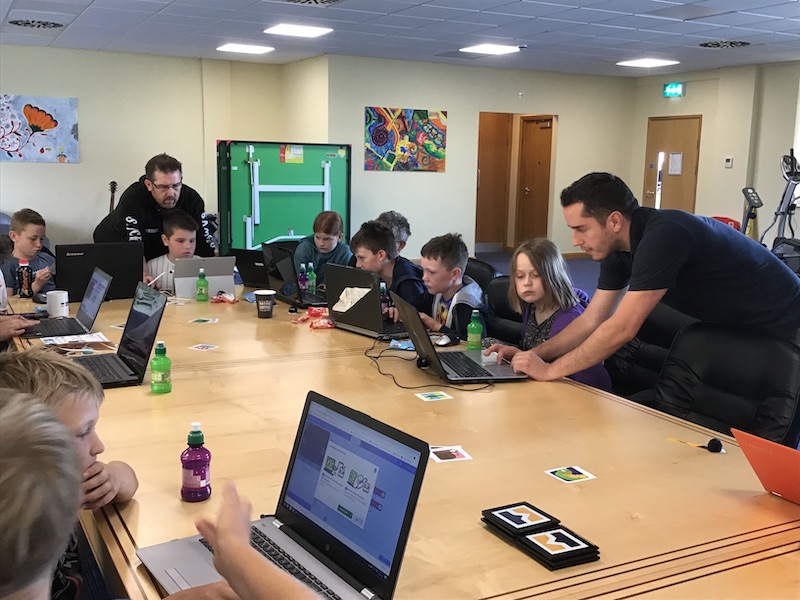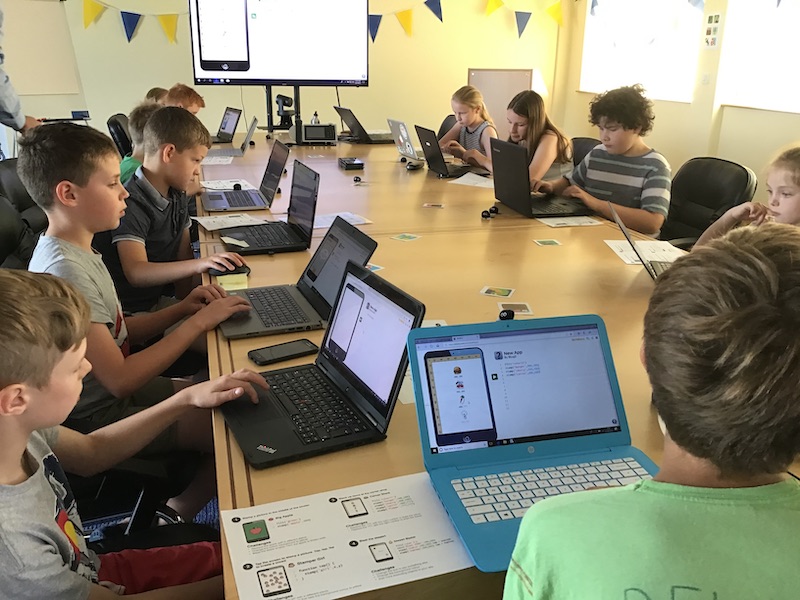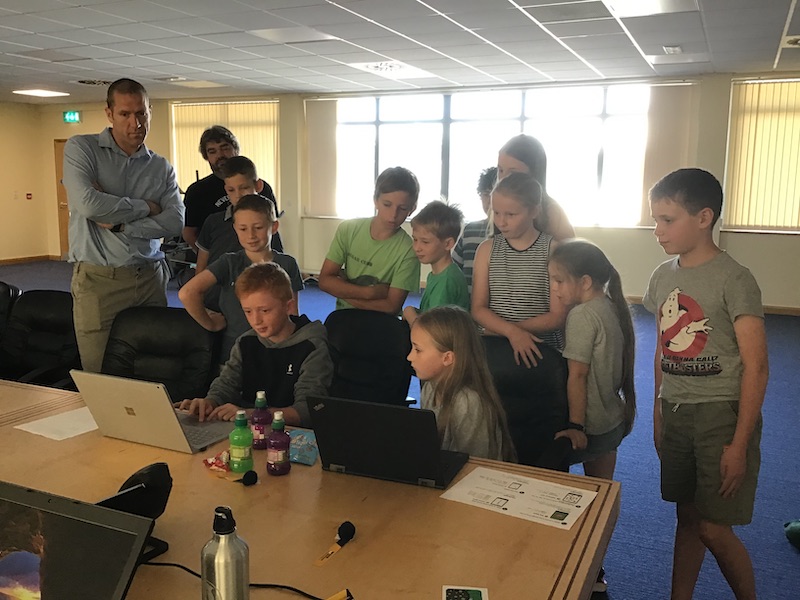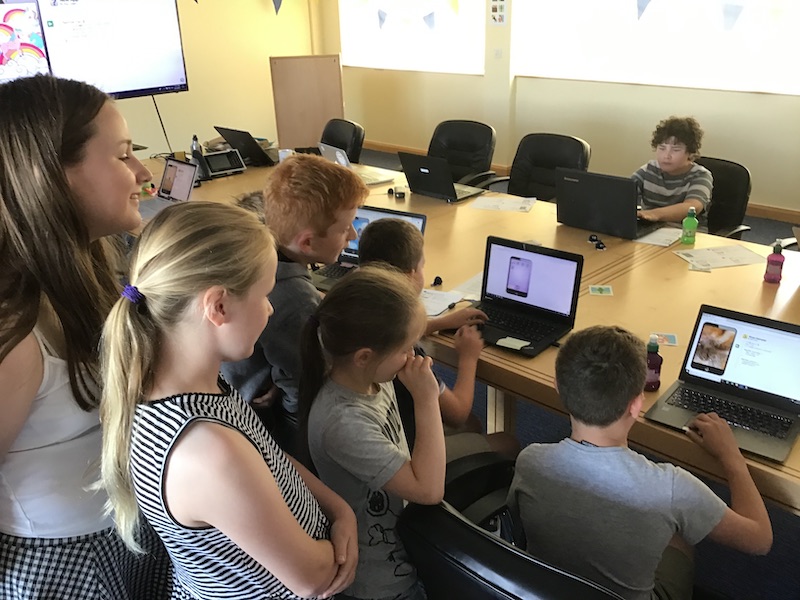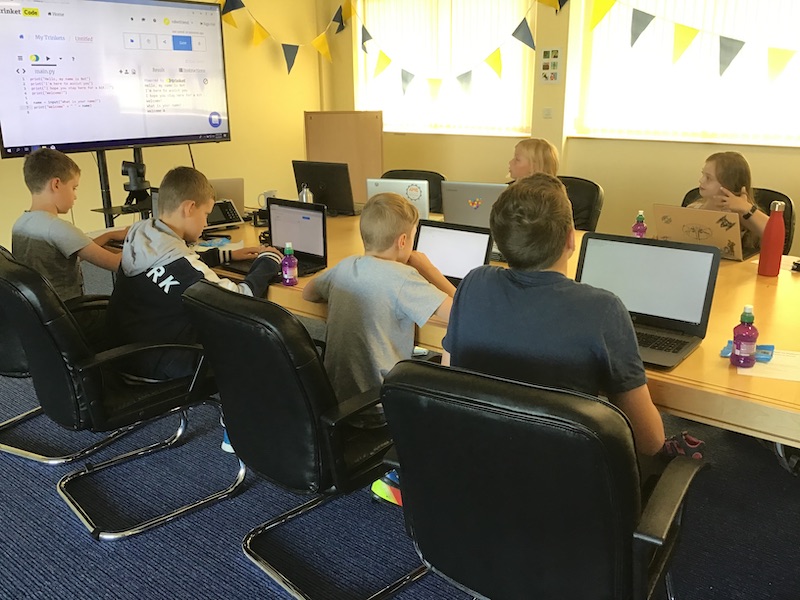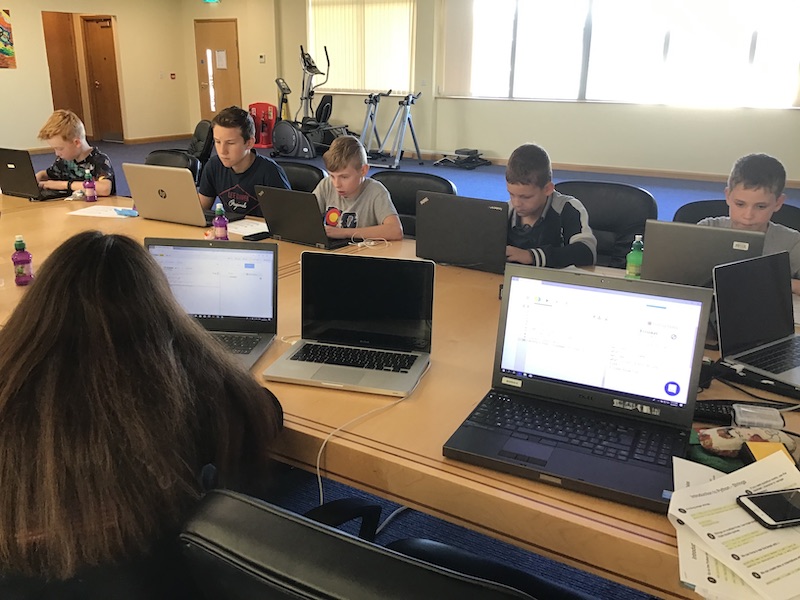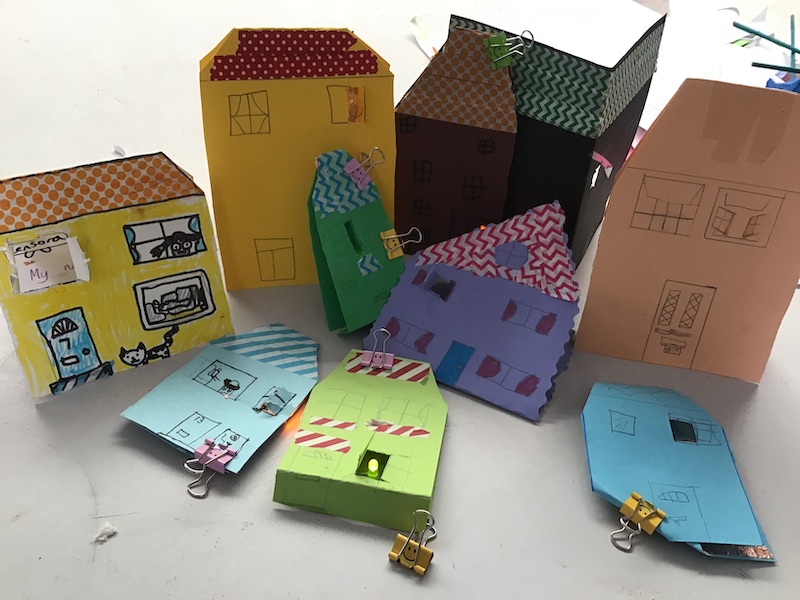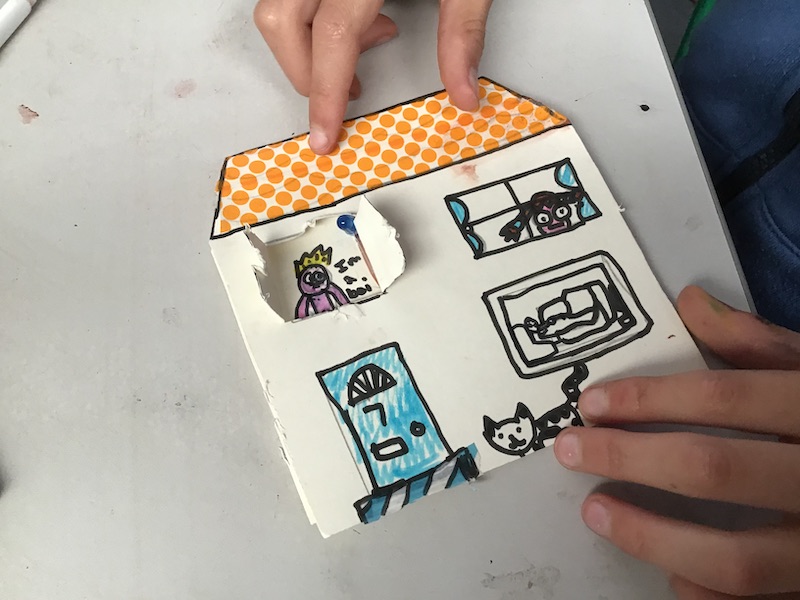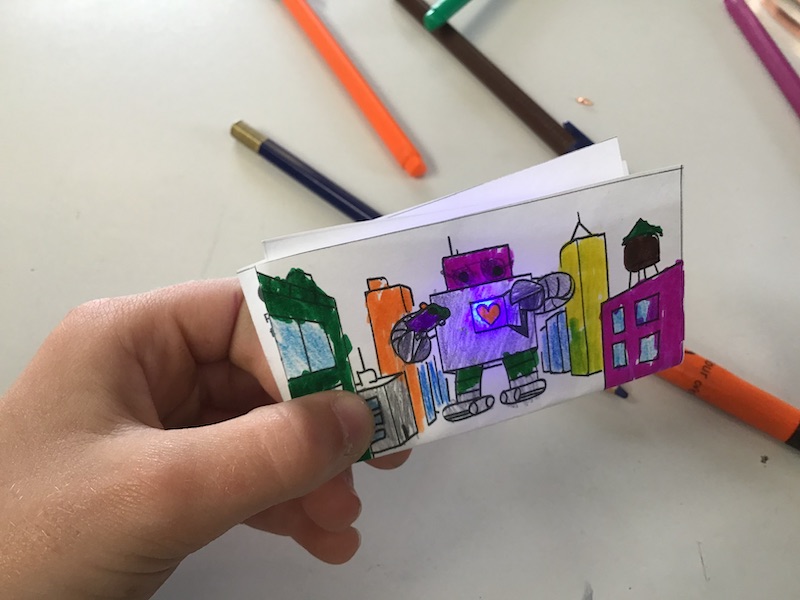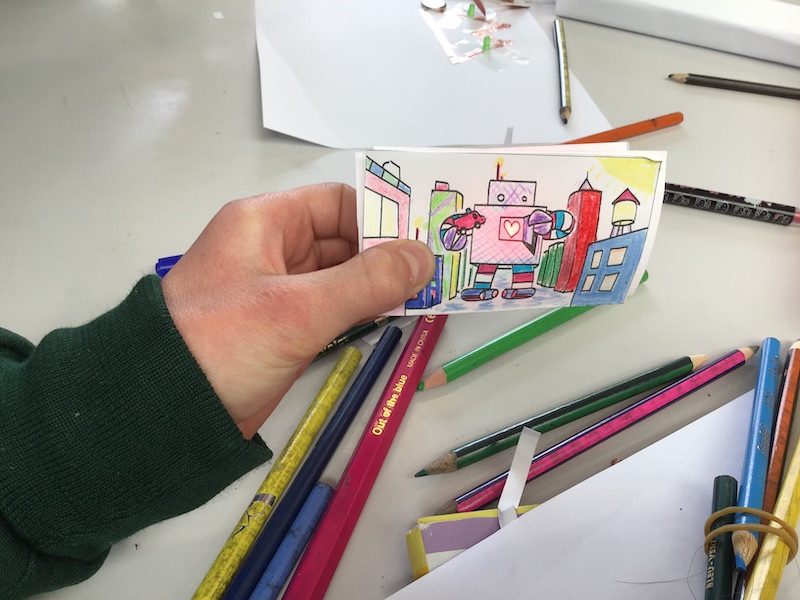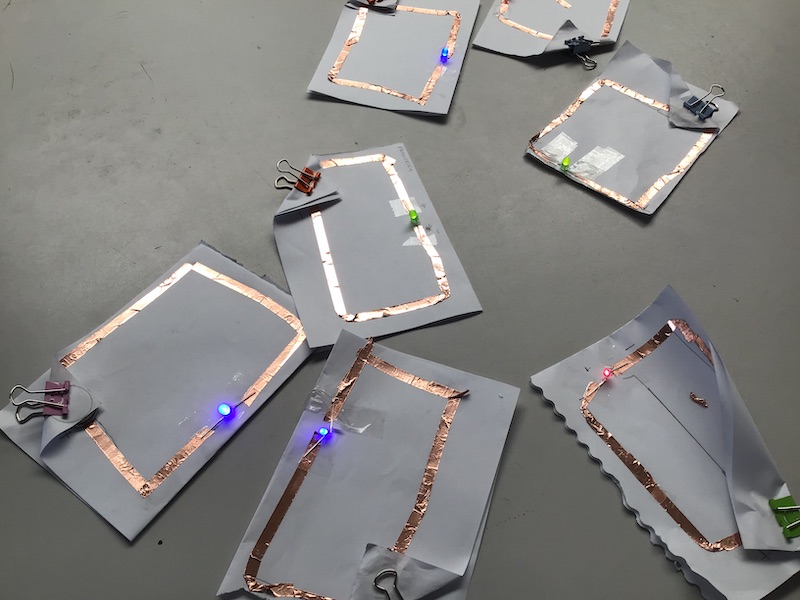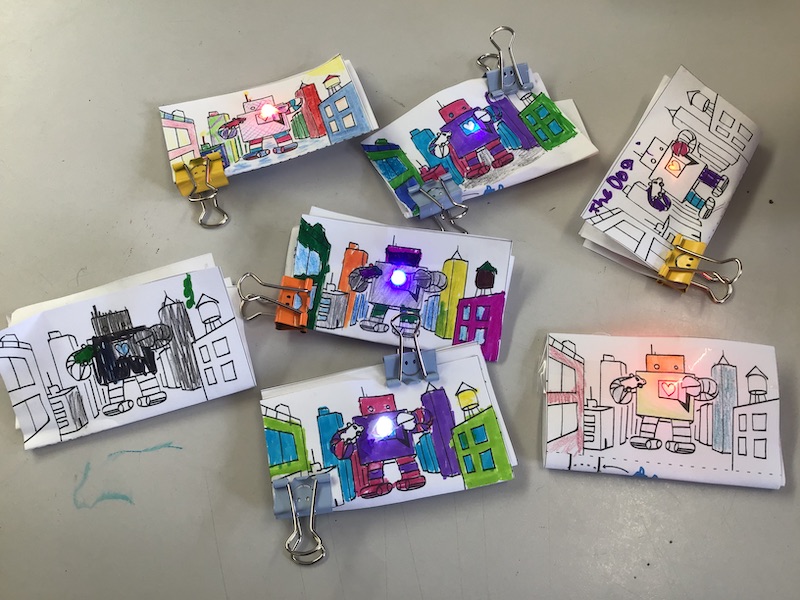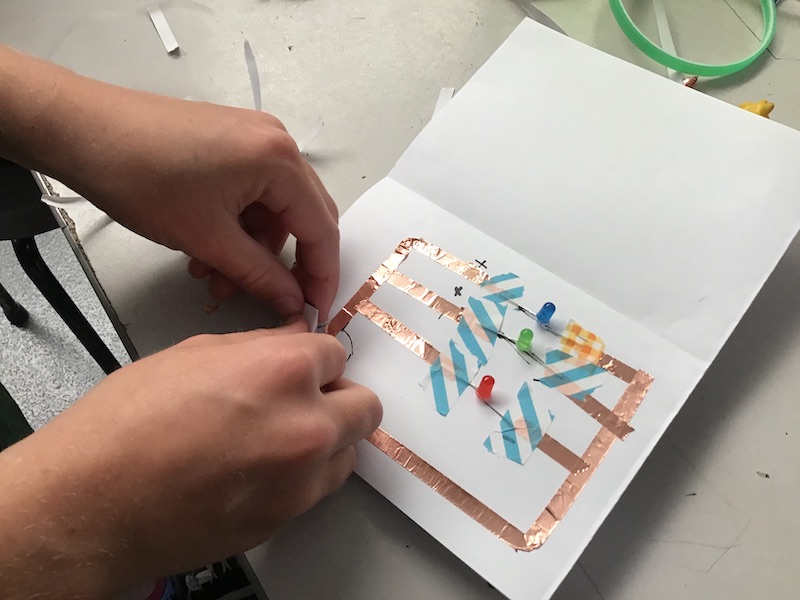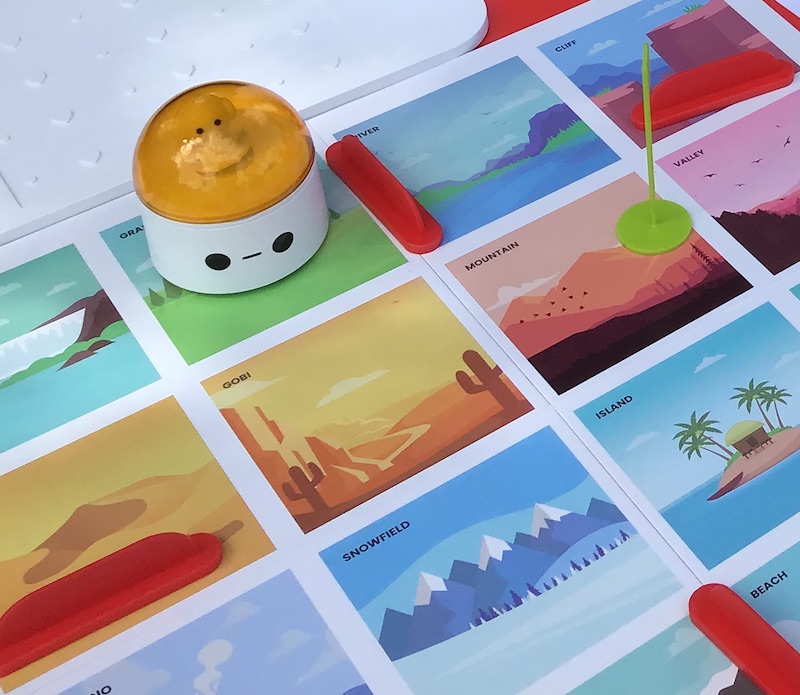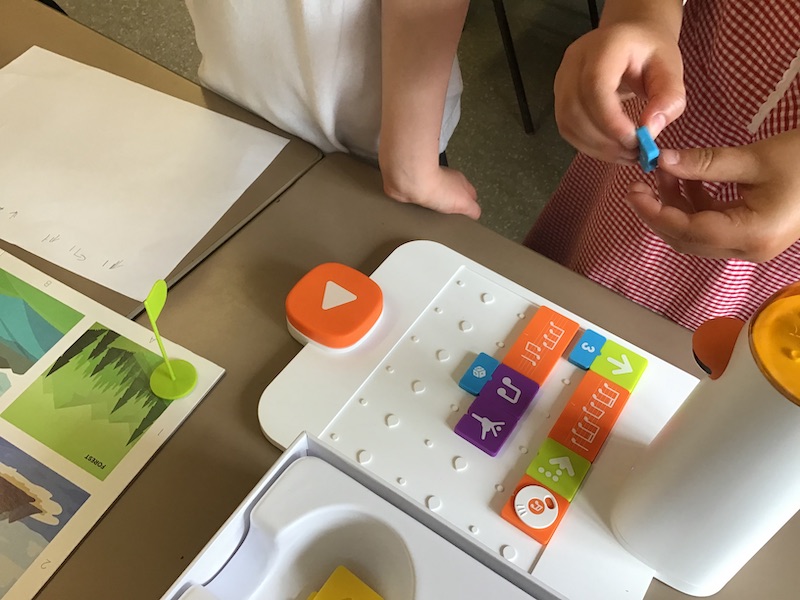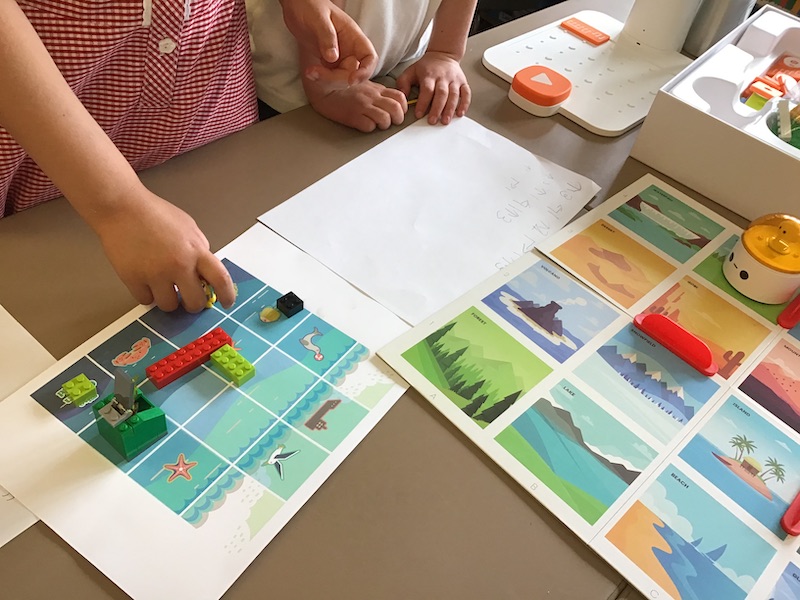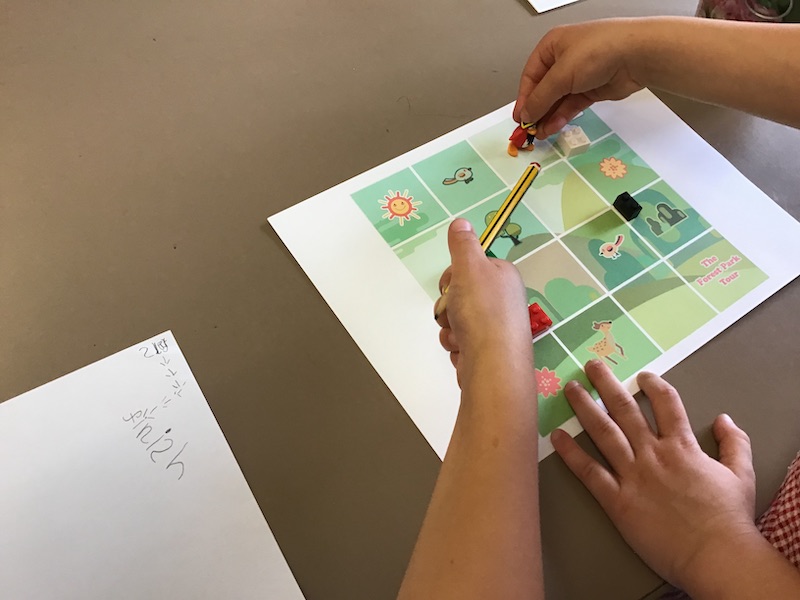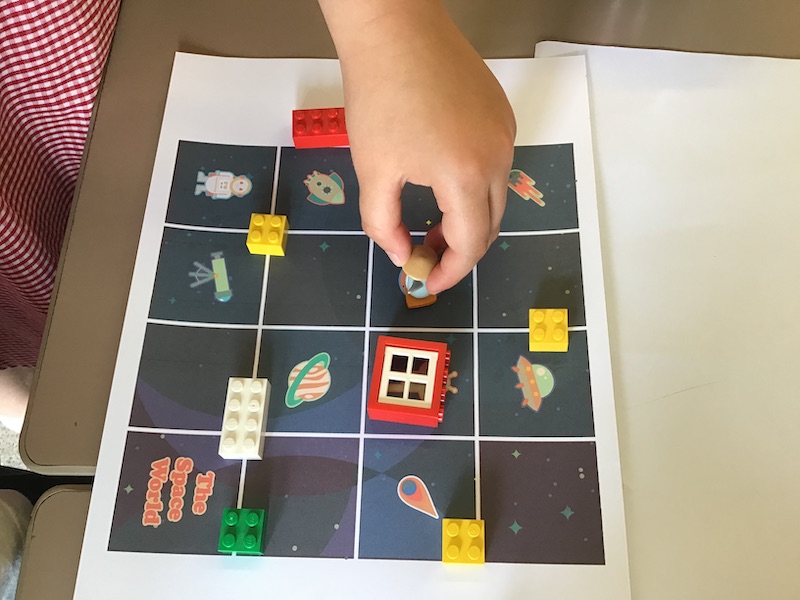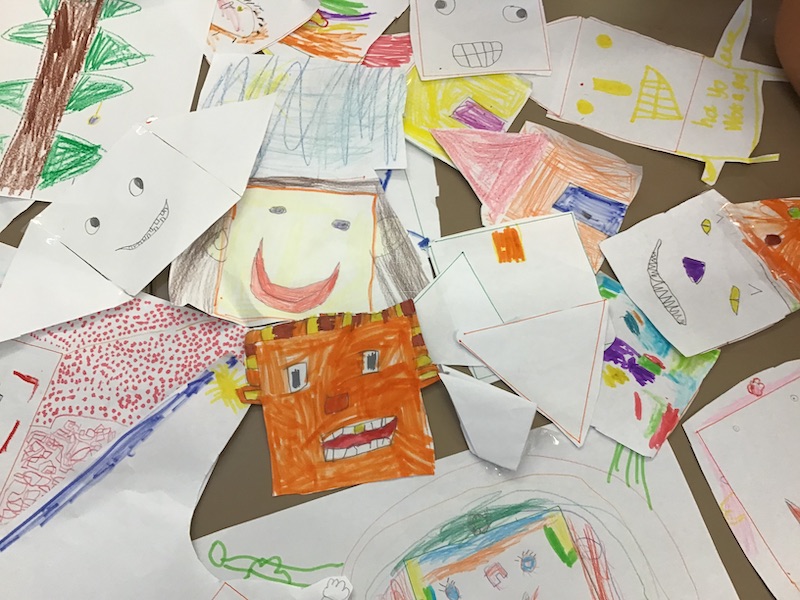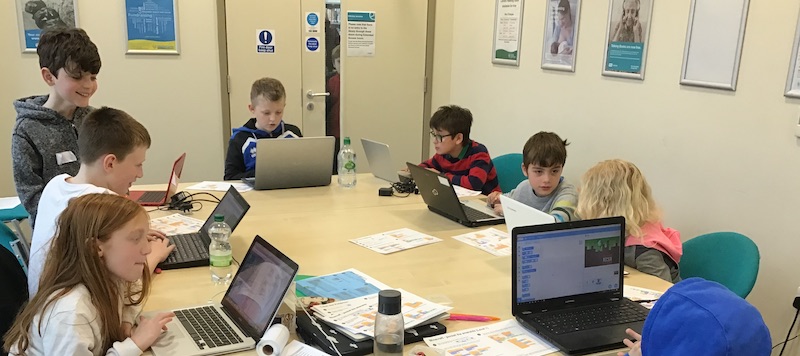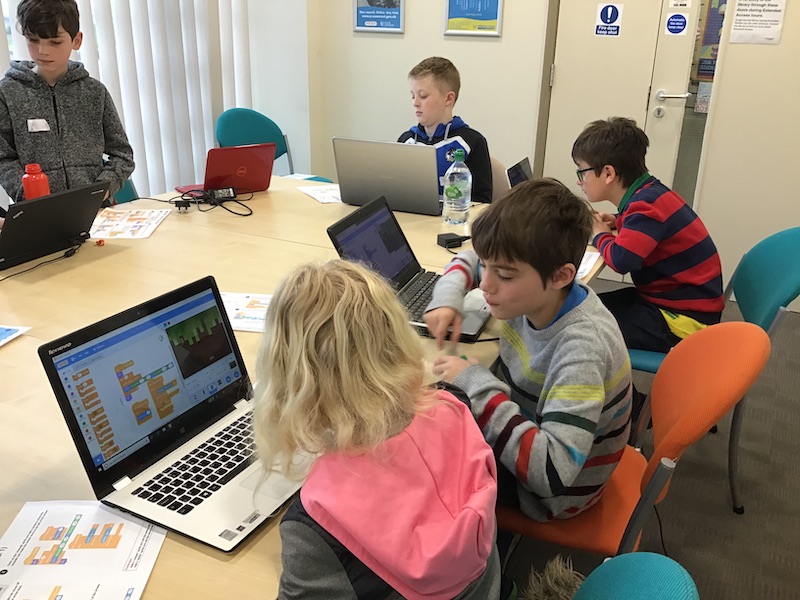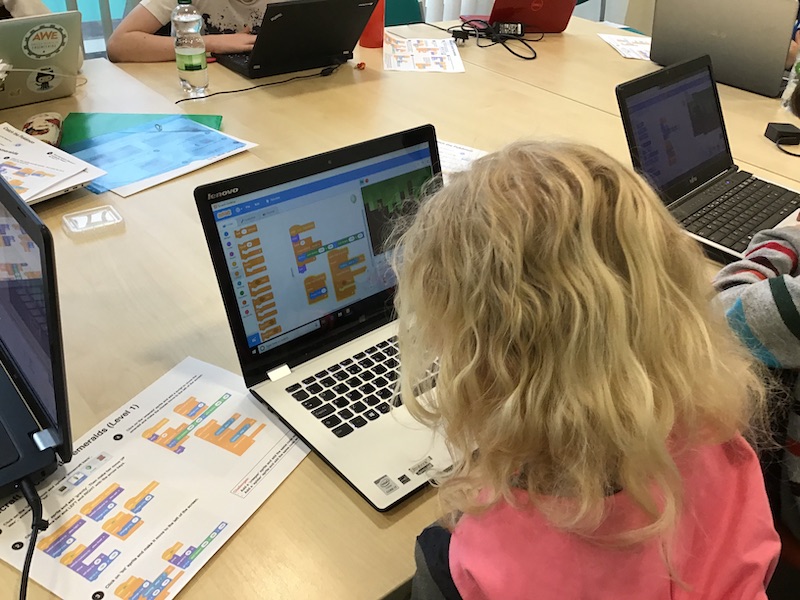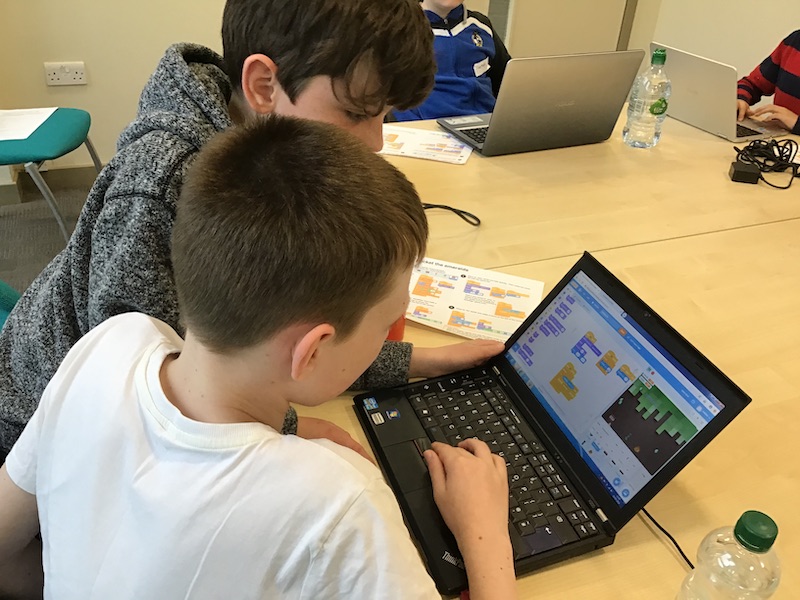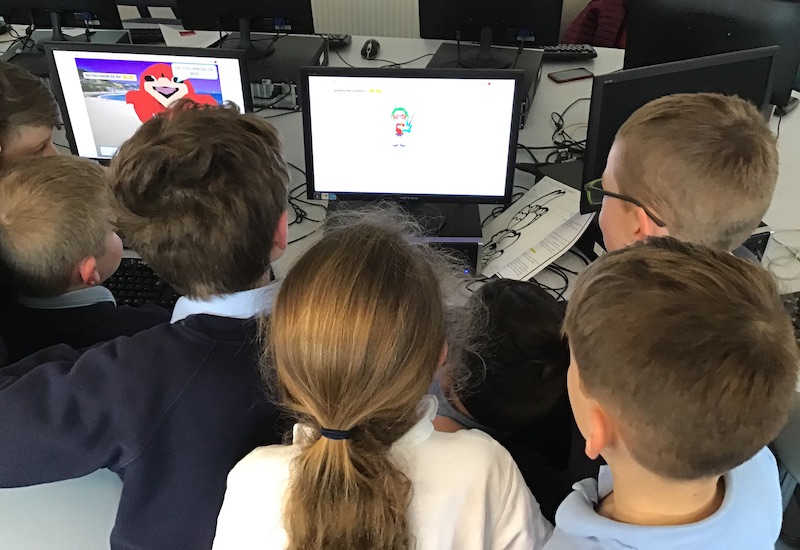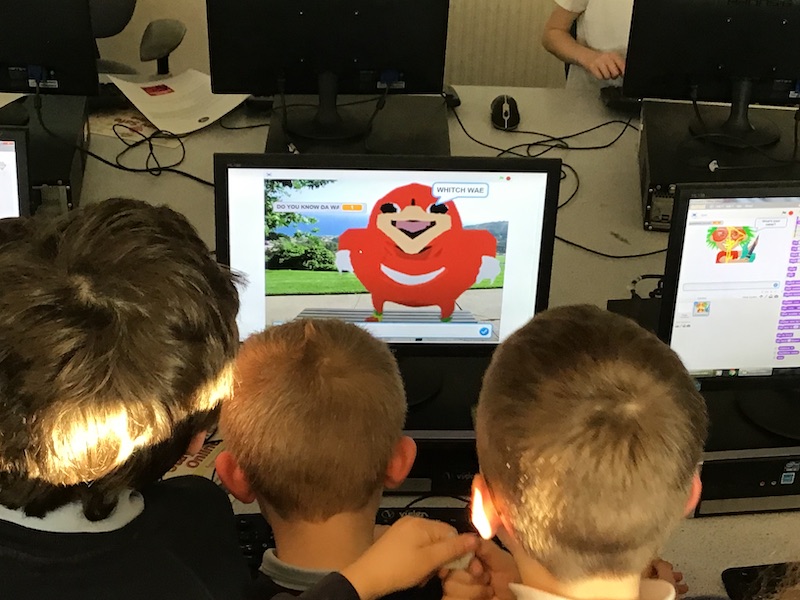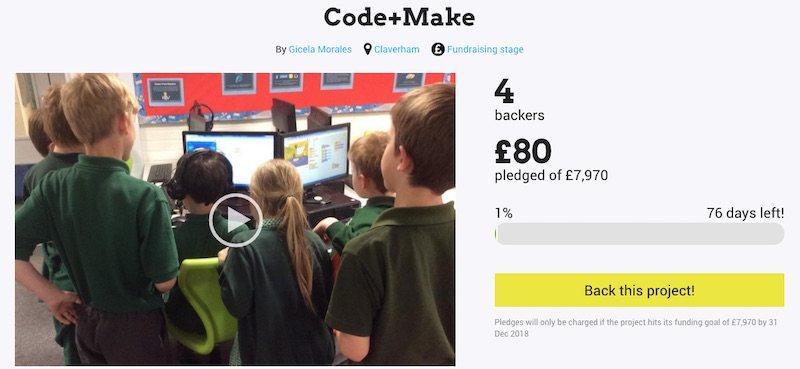The third #SummerOfCode has come to an end. A big thank you to our sponsor Viper Innovations for hosting us again and providing drinks, snacks and some magic for the children (yes, talented magician included!).
Day One: we got off to a really good start with our first workshop for 6 and 7 year olds. The children arrived with their tablets ready to create an animated story with ScratchJr… and they all did! By the end of the two-hour workshop, the children were confident enough to create an animated story and also learnt some coding basics. At break time we were treated to some magic by one of the members of staff!
On Day Two we covered all the basics on how to create a ‘Space Invaders’ game in Scratch and how to program it. This was a challenging workshop, especially for the younger attendees, but they should be very proud of what they managed to achieve in a short period of time.
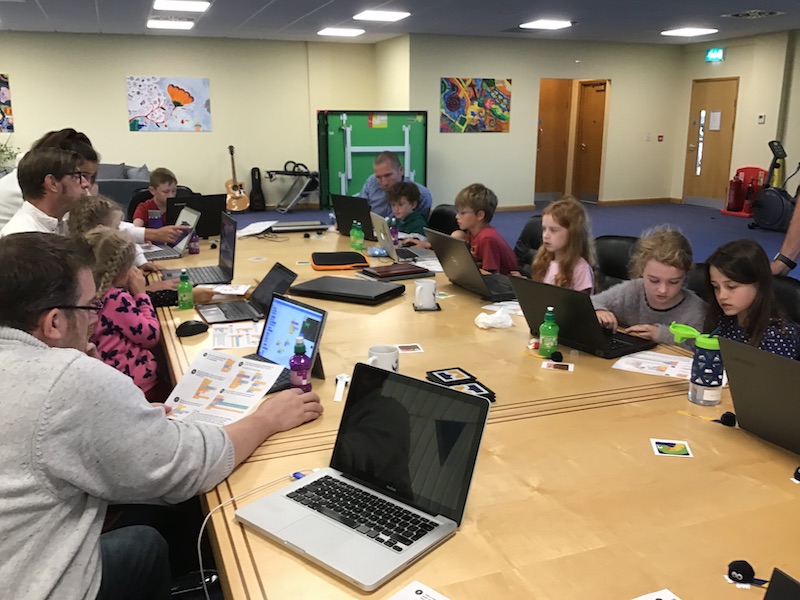
Day Three was all about physical computing with BBC micro:bits. The children busied themselves for a couple of hours learning to program the micro:bit and controlling a light (On/Off), turning on a fan, making music, dimming lights, etc… all with code.
Day Four was packed with students from different schools across North Somerset. We had a mixed-gender group and all were keen to learn how Apps are made. The children created their first Apps using the JavaScript language and were then able to play with the Apps they created.
Day Five was about learning with Python. It was great to see that some of the children came well prepared with Python already installed! They created their first Python chatbot and they were all pretty proud of what they achieved in only two hours.
A big ‘thank you’ to our sponsor Viper Innovations for supporting the event and helping us give the children these opportunities. A special thanks to all Viper’s STEM ambassadors and helpers.
